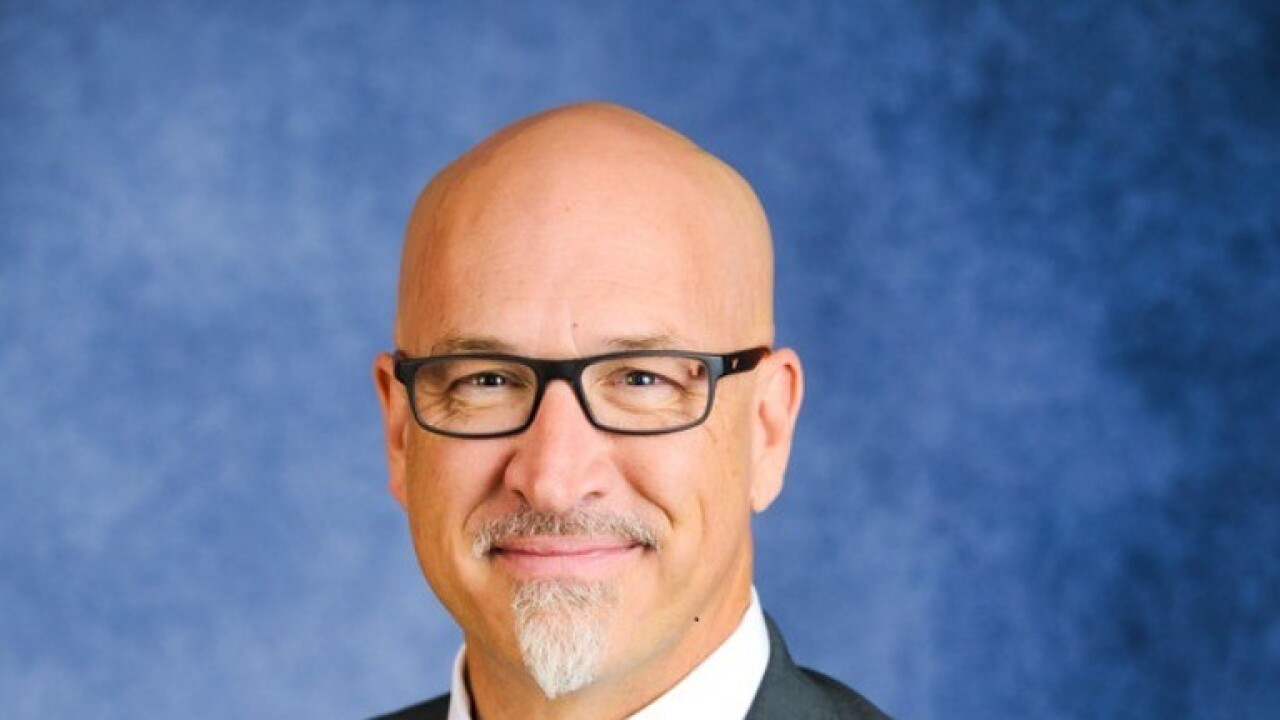Medical bills can threaten to break the bank in retirement, but employers can ensure their workforce is prepared for unexpected expenses by encouraging HSA participation.
The average cost of medical bills during retirement runs between $140,000 to $190,000, according to the 2020 Global Benefits Attitudes Survey by Willis Towers Watson. Future retirees can’t expect Medicare to cover all those expenses; much of it will come out-of-pocket.
Although employees are saving more for retirement
“Employers play an essential role in their employees’ financial well-being, and that includes helping them plan for the cost of healthcare in retirement,” David Speier, managing director of benefits accounts at Willis Towers Watson, said in a release. “Healthcare is most retirees’ largest expense, and with more of the cost shifting to employees, employers are striving to help them make informed decisions about their options and create an appropriate savings plan.”
An HSA is one of the few accounts that allow employees to save for both retirement and healthcare expenses. The
“Healthcare spending and retirement savings is an ongoing and long-term challenge that an HSA can help address as a part of a broader retirement savings plan,” said Speier. “It’s particularly important for employees today to reassess their financial wellness plan and become familiar with HSAs as a tax-efficient way of saving for healthcare in retirement.”
While employees may be tempted to invest all the money they’re saving by
“It’s always a good idea to diversify your investments and save in [multiple] accounts,” says says Burke Johnson, executive vice president and chief operating officer for LT Trust. “A little adds up.”






